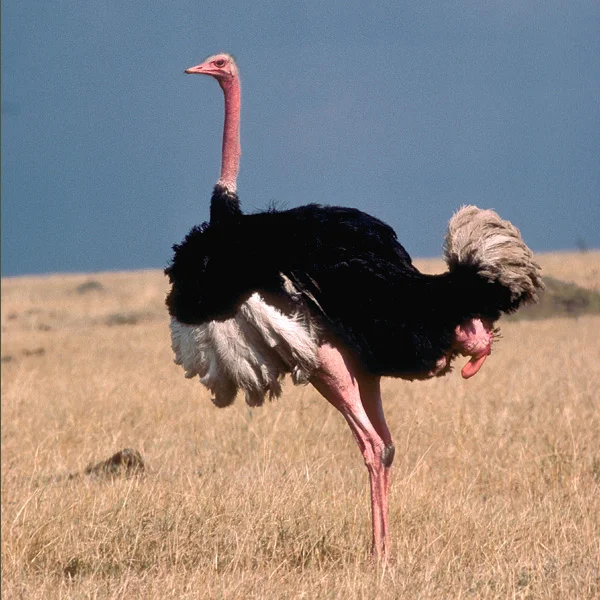Manovo-Gounda-St. Floris National Park
At the northern corner of the country is Manovo-Gounda-St. Floris National Park and World Heritage Site, a vast wooded savannah and floodplain drained by five major rivers originating in the Massif des Bongo, covering some 8,800 square miles (22,792 km2), including contiguous protected areas. Historically the savannahs have been home to some of Africa’s great elephant herds, plus cheetahs, lions, leopards, wild dogs, red-fronted gazelles, hartebeest, topi, giraffes, and buffalo, with, until recently, black rhinoceros. A list of more than 320 bird species includes rare silvery shoebills or whale-headed storks, ostriches, fish-eating eagles, colorful bee-eaters and rollers, kingfishers, African pygmy-geese, dwarf bitterns, saddle-billed storks, and bateleur and banded snake-eagles.
Unfortunately the vast herds have been reduced drastically along with leopards, rhinos, and others, by poachers thought to be a spillover of civil wars in Chad and Sudan, often with automatic weapons, outnumbering and outgunning park rangers, some of whom have died in the conflict. Proceeds from animal trophies have gone to buy more weapons for warfare. It’s been quieter recently, and, as in quiet periods before, the European Development Fund (EDF) has actively helped restore the park. But conditions should be checked before planning a visit, possibly with EDF offices in Bangui. The park is open from December 1 to mid-May, accessed on the south from Bamingui, where chartered flights arrive from Bangui and which has lodging. It’s possible to drive the 496 miles (800 km) from Bangui, but roads are rough and fuel stations scarce.
ALSO OF INTEREST
Bamingui-Bangoran National Park and Biosphere Reserve to the west of Manovo-Gounda-St.Floris, 6,488 square miles (16,800 km2), historically with outstanding wildlife populations but recently with some of the same problems as St. Floris, so recent conditions should be checked before a visit.
Continuing threats to all these reserves include foreign timber and mining concessions, poaching for “bush meat,” and land-clearing for agriculture. On all these, government instability and resulting unrest have reduced urgently needed protections. This may change, as it has in some other African countries, to a more enlightened view seeing these places as helpful not only to wildlife but to the local economy through ecotourism.
International visitors fly into Bangui, the capital city, with hotels, accommodations, trip information, and (costly) rental vehicles. Streets have not, however, always been safe places for tourists to explore alone, especially at night. Rainy season is May–October in the south, diminishing to June–September in the north—but it can be muggy year-round. Best times to visit are November–April.
Click on image for description.
Visit Tripadvisor®
for lodging information about this Reserve
DZANGA-SANGHA DENSE FOREST RESERVE
MANOVA-GOUNDA-ST. FLORIS as well as
Bamingui-Bangoran National Park and Biosphere Reserve
Advertisement




